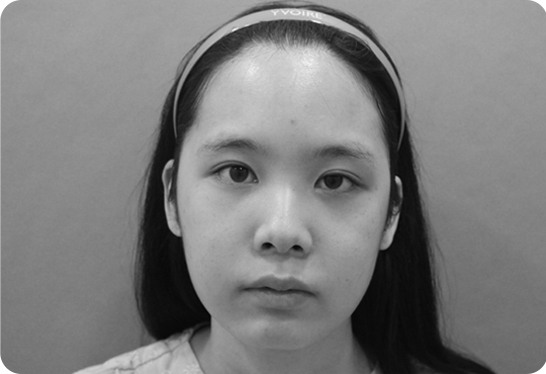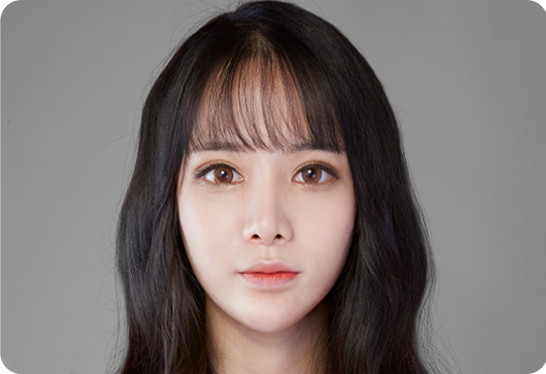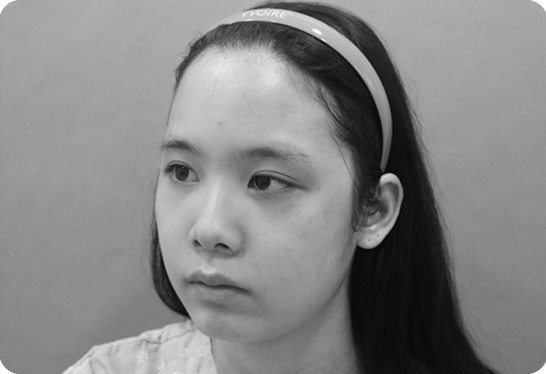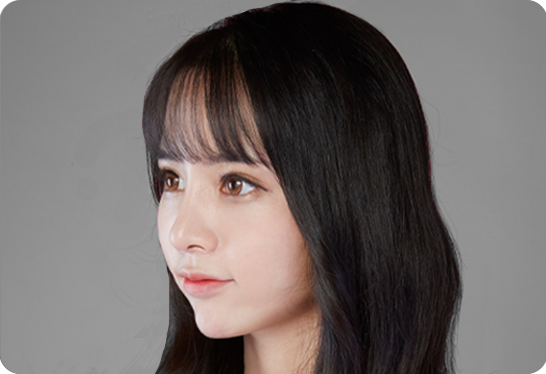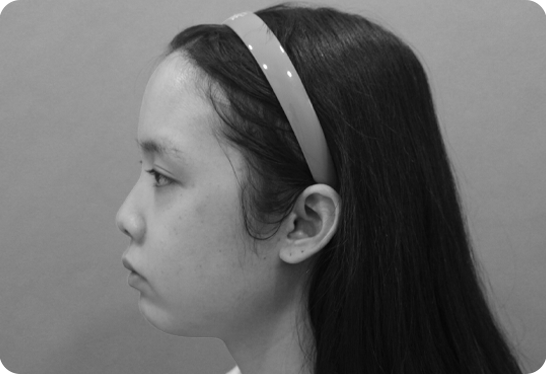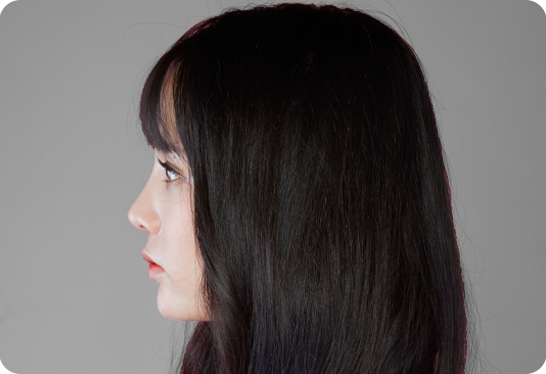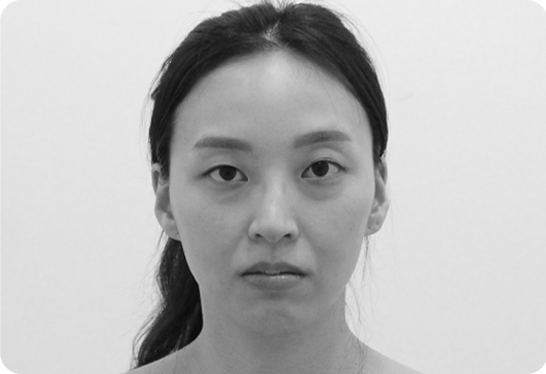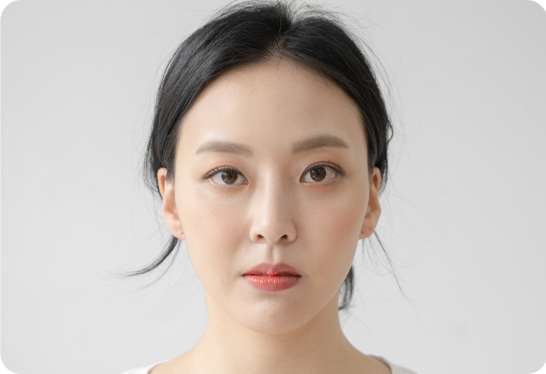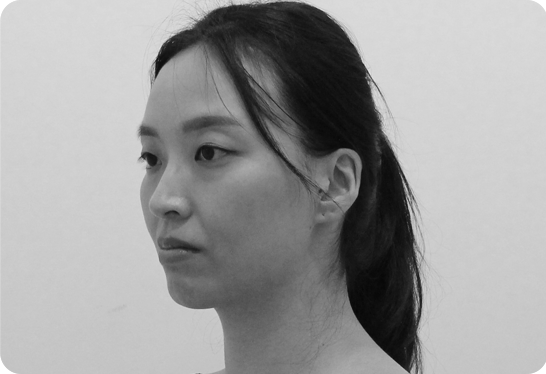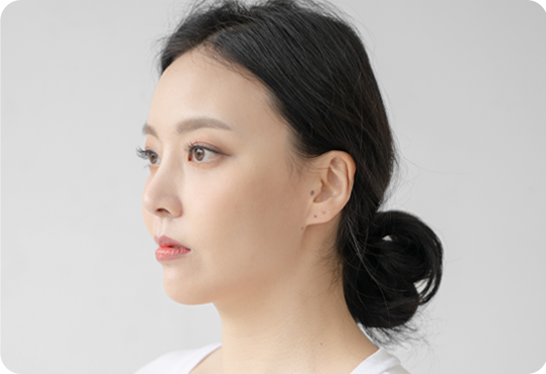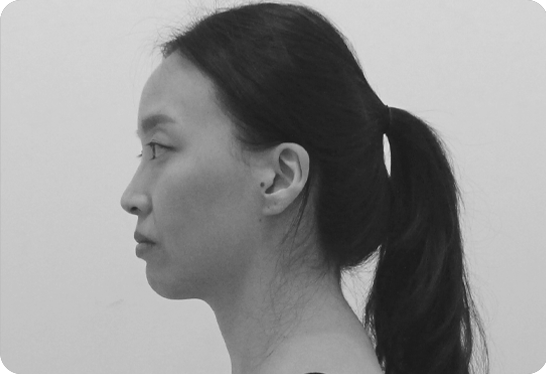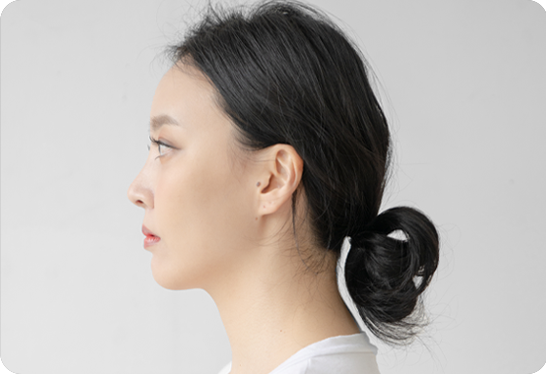Classy Plastic Surgery
MENURevision Rhinoplasty
We precisely analyze the cause of failure to create a nose line that harmonizes beautifully with your entire face.
Basic Information
- Duration
- 2 hours
- Anesthesia
- Local / General
- Hospitalization
- Not required
- Stitch Removal
- 5–7 days after surgery
- Outpatient Visits
- 2–3 sessions
- Recovery Period
- 4–5 days
Recommended For
- Those who are dissatisfied or feel unnatural after a previous surgery
- Those whose nose appears crooked after surgery
- Those experiencing implant-related issues
- Those who have difficulty breathing through the nose after surgery
- Those whose nasal tip is lifted or visible after surgery
No second failures—
Classy Revision Rhinoplasty
- Revision rhinoplasty refers to undergoing nose surgery again due to unsatisfactory aesthetic or functional results after an initial procedure.
- Compared to the first surgery, revision cases carry a higher risk of inflammation and tissue damage, requiring greater surgical precision.
- Therefore, it is essential to have the procedure performed by a highly skilled surgeon, with both aesthetic and functional aspects carefully considered for a systematic approach.
Various Rhinoplasty Materials
-
- Septal Cartilage
- Located inside the nose, septal cartilage is often used to raise the nasal tip or extend the nose length. As it is harvested from inside the nose, no additional external incision is required.
-
- Rib Cartilage
- With excellent support and durability, rib cartilage is ideal for surgical use. It can be harvested in sufficient quantities, making it effective for both functional and aesthetic enhancement.
-
- Autologous Dermis
- Typically harvested from the buttocks or chest, it is a good option for creating a natural nasal shape in patients with thin skin.
-
- Ear Cartilage
- Similar in shape to the nose, ear cartilage is rounded and elastic. It is particularly useful for shaping the nasal tip and supplementing insufficient septal cartilage.
3 Principles of Revision Rhinoplasty
-
- Ideal Facial Proportions
- An ideal nose is symmetrical, with a length equal to one-third of the vertical length of the face, and should harmonize in size, height, and shape with the rest of the facial features.
-
- Accurate Analysis & Design
- Rather than simply raising the bridge, we design a beautiful nose by considering the shape and proportions of both the bridge and the tip, tailored to each individual.
-
- 1:1 Customized Approach
- As the nose is the central feature of the face, we tailor the surgery to best match the forehead, cheekbones, eyes, chin, and lips for overall facial harmony.
Revision Methods by Case
- Implant Misalignment
- If the implant shifts to one side or does not align with the nasal bridge, the nose may appear crooked.
-
BEFORE
-
AFTER 2 WEEKS
During revision, we recreate the implant pocket to ensure proper alignment and correct placement. If the crookedness is due to the patient’s natural nasal structure rather than surgical results, crooked nose correction surgery will be required.
- Pinched Nasal Tip
- This occurs when the nasal tip cartilage is tied too tightly during surgery, or if it twists afterwards, creating a pinched appearance on both sides of the tip.
-
BEFORE
-
AFTER 2 WEEKS
We reconstruct the nasal tip cartilage to restore a softer, more natural contour.
- Mobile Implant
- If the implant is placed beneath the skin instead of between the bone and periosteum, it may shift and become visible.
-
BEFORE
-
AFTER 2 WEEKS
The implant can be corrected by placing it precisely beneath the periosteum.
- Nostril Shape Deformity
- This may occur if the natural nasal tip cartilage is weak or if cartilage repositioning and grafting were insufficient during surgery, resulting in asymmetry or distortion.
-
BEFORE
-
AFTER 2 WEEKS
Proper repositioning and reinforcement of the nasal tip cartilage can improve the shape.
- Upturned Nose
- This can happen if infection occurs after surgery or repeated revisions cause scar tissue around the implant to contract, shortening and lifting the tip.
-
BEFORE
-
AFTER 2 WEEKS
Releasing the scar adhesion, extending the skin, and reinforcing the nasal tip cartilage are key to preventing recurrence.
Key Features of Classy Revision Rhinoplasty
- 01 Detailed 3D-CT Analysis
- We thoroughly analyze the cause of failure from the previous surgery.
- 02 Safety First
- With a precise diagnostic system and specialized emergency equipment, we ensure a safer, more professional surgical environment.
- 03 Post-Surgery Care
- Our customized aftercare program supports scar healing, swelling reduction, and bruise management, helping you quickly return to daily life.
Classy has the answer for you!
-
Q&A 01
Do you use the same implant as in the first surgery?
- If the implant used in the initial surgery had no issues, it is not always necessary to replace it during revision. However, in most cases, we recommend replacing it due to concerns such as implant visibility, inflammation, or dissatisfaction with shape.
The New Me, Before and After
Before&AfterNot just imagination, but this very moment
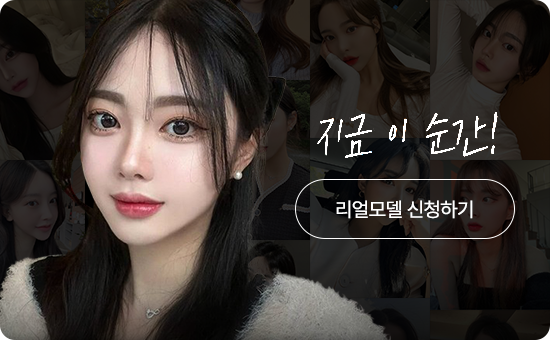
Why Choose Classy,
A System Focused Solely on Each Individual
-
- Customer-Centered Hospital
- At Classy, the focus is not on the medical staff, but on our customers.
-
- Post-Surgery Care
- We help you achieve satisfying results and recover quickly after surgery.
-
- Safe Surgery
- We prioritize your safety above all, not just the outcome of the procedure.
-
- Customer Satisfaction
- Through personalized consultations, we deliver highly satisfying surgical results.
Classy Signature — Be More Beautiful Event
24 Seocho-daero 77-gil, Seocho-gu, Seoul
